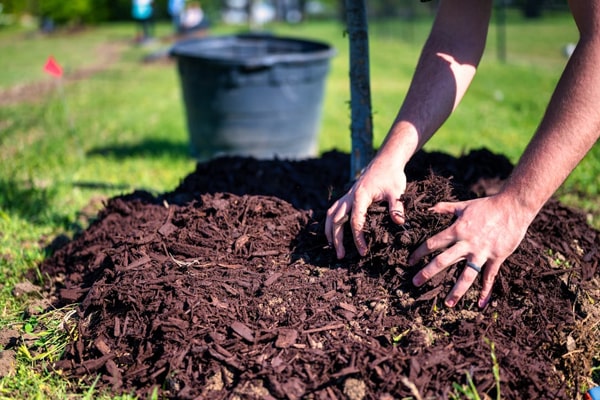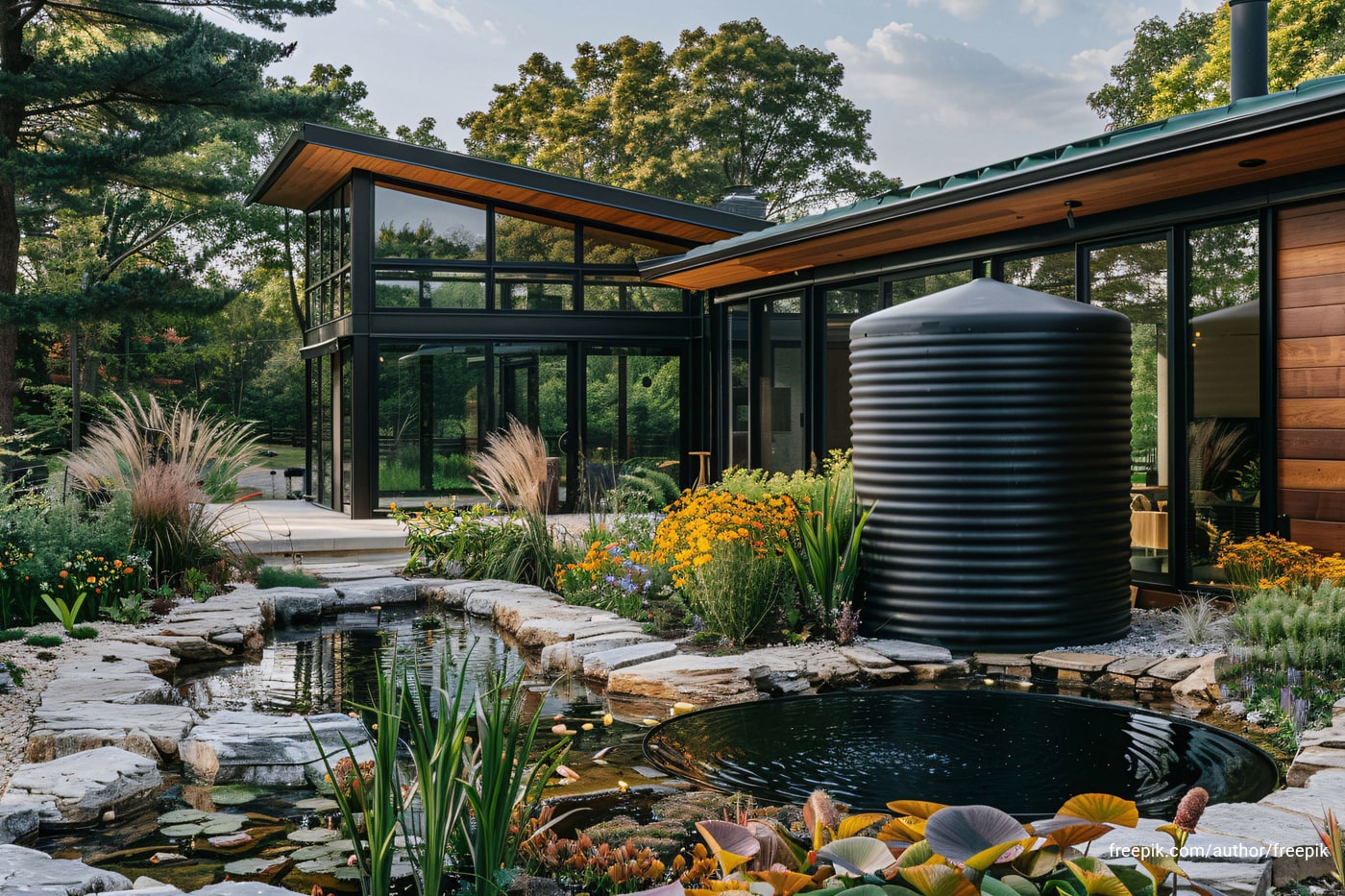Discovering water in your basement is always unexpected, regardless of the age of your home. The source of unwanted moisture could be coming from a place you least expect: your garden design. Although interior waterproofing is a high priority for most homeowners, your garden design choices could be silently leading water toward your foundation. Water problems are particularly vexing because of their elusive nature, appearing one day and gone the next. This guide lays out the unsuspected link between your yard and basement water damage problems, providing practical solutions to keep water where it belongs.
Contents []
The Connection Between Garden Design and Basement Moisture
The way you design your garden directly impacts how water flows around your home and can lead to significant basement moisture problems. When rainwater drains improperly away from your house, it soaks into your foundation and basement, leading to long-term structural problems. Here’s the connection between common garden design issues and basement water damage:
Sloped Landscaping
Poor grading near your home directs water toward your foundation instead of away from it. If your yard is flat or slopes inward, rainwater flows directly to your foundation walls instead of away from your house. Repeated water contact creates pressure against the basement walls, eventually pushing water through narrow cracks or porous concrete. The resulting water damage often requires professional foundation repair to restore structural weakening and prevent further deterioration.
Poor Yard Drainage
Yards with heavy clay soil or natural low spots collect and store water in the soil around your foundation. This water generates hydrostatic pressure that acts against basement walls and finds its way through even tiny cracks. The pressure builds during rainy seasons and spring thaws, compromising your foundation’s strength. Without drainage systems, this water continuously tests your basement waterproofing and gradually degrades its ability over time.

Improper Placement of Downspouts
Downspouts that drain too close to your foundation create concentrated water saturation zones. These areas get oversaturated quickly when it’s raining, pushing heavy volumes of water directly into your foundation. The force of this water erodes the soil around your foundation and creates water entry channels that compromise even the best basement waterproofing systems.
Overwatering Plants Near the Foundation
Regular watering of plants near the foundation keeps the soil consistently wet around your basement walls. Plants with aggressive roots create new paths for water by disrupting foundation materials and the soil compaction around your home. Root channels allow water to travel directly to your foundation and bypass surface drainage systems. The constant moisture exposure deteriorates concrete and mortar joints over time, allowing for increasing water penetration.
Mulch Problems
Mulch around your foundation acts like a reservoir for moisture and retains water against exterior surfaces. The organic mulch absorbs and stores enormous volumes of irrigation water and rainwater. The trapped moisture causes continuous dampness against your foundation materials even during relatively dry days.

Patio Problems
Settled patios create depressions where water pools directly against your foundation. These low spots prevent proper drainage and maintain constant moisture around your foundation. The joints between patio materials and your foundation separate with time, creating direct entry points for collected water.
Landscaping Tips to Prevent Basement Water Damage
Like many homeowners, you likely have concerns about keeping your basement dry. However, not all of the methods involve expensive waterproofing or making changes to your foundation. Get ready to get your hands dirty with these ideas for using landscaping to keep water away from your basement and prevent damage.
1. Create a Rain Garden
A rain garden is a depressed bed in your yard that directs water runoff away from your foundation. It’s planted with a mixture of sand, compost, and topsoil that promotes drainage and prevents standing water. Rain gardens are typically placed at the edge of your property where the yard meets the street. These gardens consist of low-maintenance native plants that control erosion and slow water absorption while adding beauty to your landscape.

2. Check Your Grading
Proper grading on your property is the secret to preventing water from entering your basement. Your lawn should slope gently away from your home to direct water flow away from the foundation. For gardens next to your house, create a barrier trench 6 to 8 inches wide and about 6 inches deep, filled with rock to prevent water pooling. Make the planted area slightly lower than this barrier so water drains away from your home. Grading correctly is your initial defense against water problems.
3. Add French Drains
French drains are gravel-filled trenches and perforated pipes that redirect water away from problem areas. These drainage systems run along the perimeter of your home and under your yard to lower the water table. New homes often have these drains installed during construction as precautionary measures. Installing proper drainage systems takes careful planning and installation to avoid creating more water problems.
4. Maintain Your Gutters
Regular gutter cleaning prevents overflow that damages your foundation. Clogged gutters allow water to flow directly towards your home rather than flow away through downspouts. You should clean your gutters at least twice a year, especially after fall and spring, when debris accumulates the quickest. This easy home maintenance prevents water from saturating the soil right next to your foundation and possibly entering your basement.

5. Check Downspouts
Downspouts can get displaced, which causes water to collect around your foundation. They should be several feet away from your home so that water can drain properly away from the structure. Forming a small area of gravel where the water exits prevents soil erosion while spreading out the water flow. Check your downspouts regularly, especially after lawn mowing or gardening that may have unknowingly moved them.
6. Install Rain Barrels
Rain barrels capture water from your downspouts before it reaches the ground around your foundation. You can use this collected water later for garden irrigation during dry periods. Rain barrels need regular emptying during rainy seasons to prevent overflowing. Most barrels include spigots where you can attach a garden hose to direct collected water exactly where you want it.

Fix Your Yard and Protect Your Basement
Your garden choices create either a shield or a funnel for water around your home’s foundation. Simple changes like sloping soil away from your house prevent water from pressing against basement walls. Adding rain gardens in low spots captures runoff before it ever reaches your foundation, turning problem areas into attractive assets. Regular gutter cleaning prevents overflow that would otherwise soak the soil around your foundation during heavy rains. Smart landscaping not only protects your basement but also enhances your yard and your property value for many years.



